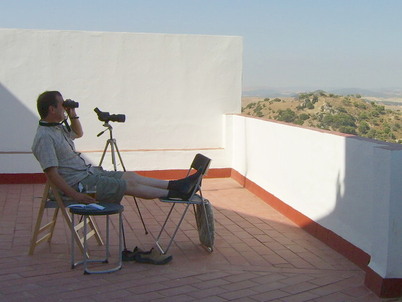
Naturally, for me the big advantage is that it’s less than 10 paces to the dozen or so steps up to the terrace from my bed. Indolence has always been my strong suit as a birder, but even I find the incessantly cheerful ‘chay-chay-chay!” of our local Lesser Kestrels or the rippling bubbling of passing Bee-eaters a hard call to resist. So every morning I’m up along the corridor and up those steps to view the horizon. And that horizon stretches out for a full 180° view across the valley to the neighbouring hill with the distant whaleback ridge of Medina Sidonia to the left and the trailings of the Alocrnocales to the right. In the morning the terrace is in shade which makes for ideal viewing conditions (light behind me and blissfully cool) which last until about 1PM. The downside is that the slope opposite drops away so sharply that smaller bush and ground loving birds can be hard to see unless they happen to fly over. Hence, in five years, I still haven’t seen Woodchat Shrike or Hoopoe from there despite both being common nearby. To be honest the bird list isn’t that long. Worse, I’ve missed two of the best birds – Eagle Owl & Red-necked Nightjar – both seen by the same guest. So, if the birds are limited in number what’s the big draw? Well, obviously, it’s a great place to have breakfast and couldn’t be more convenient for refreshing cuppas or cooling beers. Sunsets too are spectacular. However, it’s the almost continual passage of birds of prey that make the place such an irresistible temptation …..
Honey Buzzard – whilst birds occasionally slip over the terrace at very low altitude, Honeys usually drift over at great height. Not infrequently the first I know of their passage is when I scope a raptor and realise there’s a flotilla of high flying HBs above it. In early September small flocks drop into the wooded hillside opposite to roost then to emerge gradually, giving better views, the following morning. Unfortunately, I’ve never been there for peak spring migration (first half of May) – something I hope to remedy this year. I’m constantly amazed at just how variable they can be.
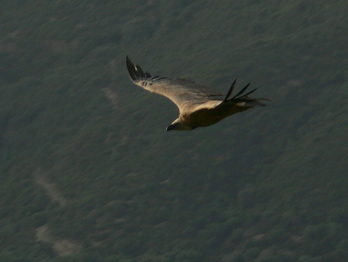
Egyptian Vulture – whilst I suspect a pair may breed locally in the Molinos valley, ‘gypies are usually seen only on passage with the earliest turning up in mid-February with the return passage peaking in early September. I usually find them when checking a spiral of Griffons and have had as many as 5 in one group. Some moulting juvenile birds have a very peculiar tail shape almost reminiscent of a Pom Skua!
Osprey – with 30+ birds wintering in Cadiz Bay and newly established breeding birds on nearby Embalse de Barbate, this species has the potential of turning up at any time. However they most frequently come over in spring (late March/early April). High flying birds can often cause some confusion until their distinctive shape is recognised.
Golden Eagle – the nearest breeding birds are in Grazalema, but they are occasionally seen in the Alcornocales (esp. in winter). I’ve had a number of ‘Aquila sp’ from the terrace, but only one, a subadult Golden Eagle in April, that could be safely identified.
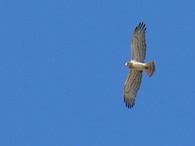
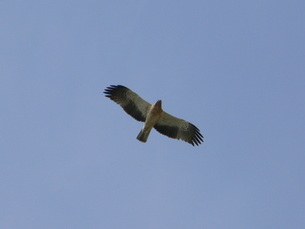
Red Kite – another species that I regularly see on migration although they’re much scarcer than Black Kite and I’ve never had more than one or two in a day. Seeing them is always a treat.
Black Kite – although the house looks over towards Medina Sidonia and thus what I call “Black Kite alley”, I see rather fewer than might be expected. During periods of migration, large numbers of birds – flocks hundreds strong – often drop down to roost along the A381 near Medina. Still larger numbers dot the fields at la Janda, but on such days I generally see relatively few birds, usually no more than a hundred or so. For some reason Black Kites seem to avoid the mountains and funnel off a few km to the west
Marsh Harrier – not surprisingly since the terrace looks out over rough pasture and lightly wooded hills I see relatively few Marsh Harriers. They go over high and purposefully so can cause a little confusion now and then! It can require a decent look to exclude both Black Kite and dark morph Booted.
Montagu’s Harrier – these enchanting harriers float over mainly in April and August. Determined high flying migrants can look disconcertingly like falcons – a confusion not helped by the odd melanistic bird.
Common Buzzard – a pair usually breeds on the hills opposite, but they never seem as obvious in the area as Booted Eagles. I keep checking for Long-legged Buzzard – I’ve had a couple of ‘probables’ in Spain, but none near the village.
Sparrowhawk – I see far fewer Sparrowhawks here than I do in the UK. The birds I do see generally appear during passage. Any birds that approach the house in spring and summer invariably get mobbed by the Lesser Kestrels.
Goshawk – I’ve had several big accipters zap down the valley and I’ve definitely seen Gos a couple of times in the Alcornocales, but only one definite record from the house. This was a big juvenile bird with honey coloured underparts decorated with bold ‘chocolate droplets.’ It really upset the local lesser kestrels as it barged through them at great speed!
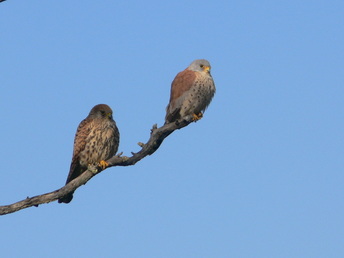
Lesser Kestrels - these, my favourite falcons, are a constant delight. They nest next to the house and play in the skies above the terrace. In early spring I regularly see 60+ birds above the house and my maximum count is of 100+ birds. By August only a handful return to the village to roost in the evenings, but one or two stay through the winter. The return early in mid-February. I’ll do a post exclusively on these birds anon
Hobby – whilst I suspect odd birds may winter in the south, I only see this species as a passage migrant. I’ve not seen many but I’ve not been around for their autumnal peak in October.
Peregrine – just like at home in Canterbury, this is a species I regularly see going over at a rate of knots. A or two probably breed in the Molinos valley. The Lessers don’t like them, but are less inclined to ‘engage with them’ as they will with Sparrowhawks!
Merlin – a thinly spread wintering bird on coastal marshes, luckily, I had one bird go over in early spring
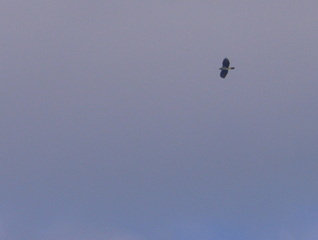
So what’s missing? The worst omission is Hen Harrier a single example of which I had fly over my head when I was about 100m from the house. As it must have been visible from the terrace, I’m tempted to tick it! Then there’s Ruppell’s Vulture. The second record for Spain was found in the parish, perhaps I should have seen one by now. I have indeed seen ‘probable’ which that passed quickly over the house one August. I hadn’t seen the species then and, with hindsight, I’m pretty sure it was one. It’s about time too that those packs of Griffons attracted the odd Black Vulture, but, sadly, Lammergeier looks far too unlikely. I’ve seen Bonelli’s Eagle in the nearby Molinos valley several times, but never from the terrace. I’ve also seen Spanish Imperial Eagle within 15km of the village so that’s another distinct possibility. My most eagerly anticipated bird is, perhaps, Black-winged Kite. I’ve actually seen one less than 10km from the house and the open lightly wooded hillside opposite looks ideal for the species … Other raptors are possible, but perhaps rather unlikely. It was once rumoured that Lanner bred in the Alcornocales and I’ve now two elsewhere in Cadiz, but they remain pretty scarce. Long-legged Buzzard is a recent colonist to the area, but thestill elude me. Eleonora’s Falcon is pretty regular in autumn, but most are found at coastal sites. Red-footed Falcon would seem even more unlikely, but a Spanish birder (the only one in the village I think!) has seen one over the village. So it’s not a matter whether I’ll finally top the 20 BoPs mark for the terrace, but when!
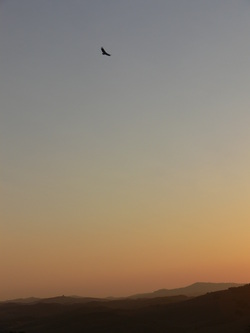
Good Birding! John
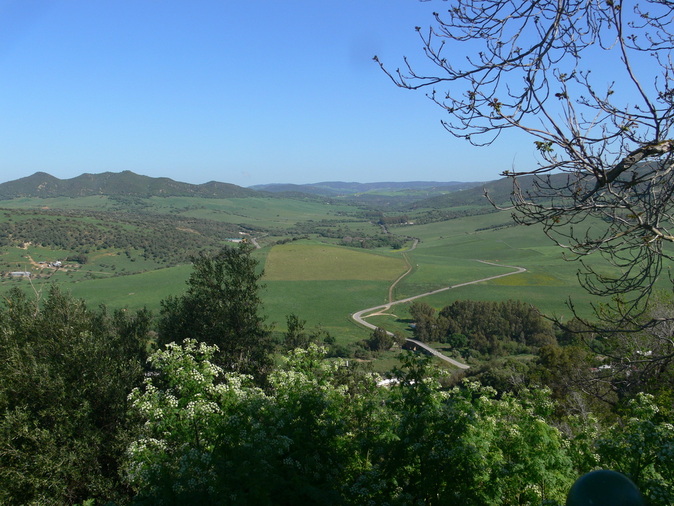
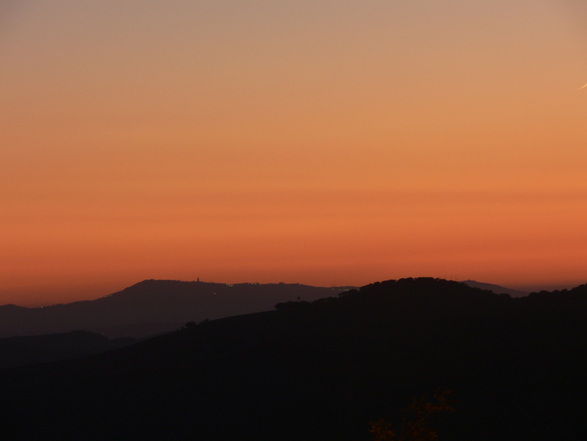
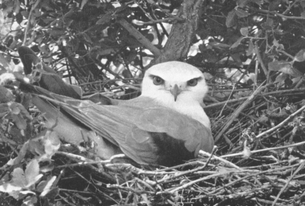
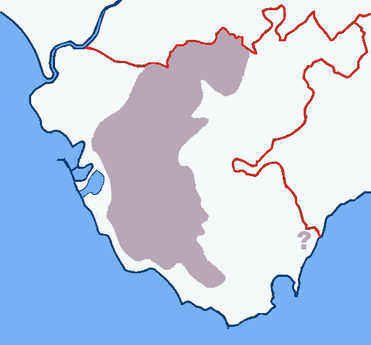

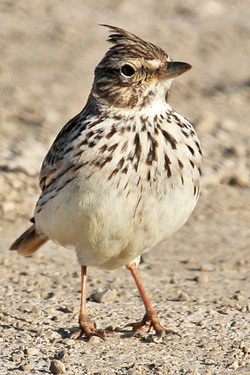
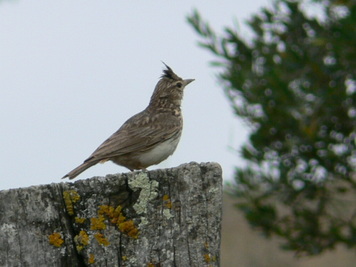
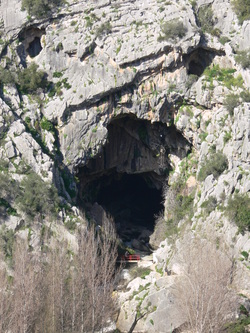
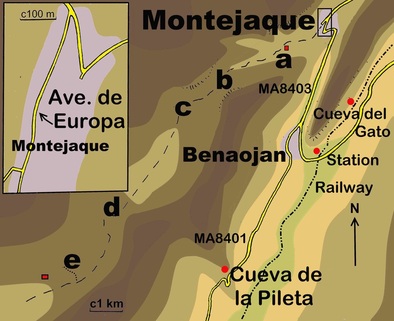
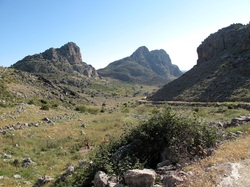
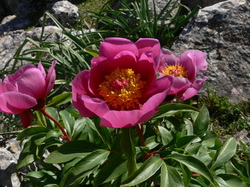
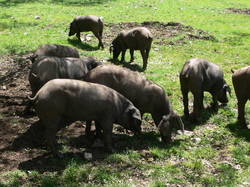
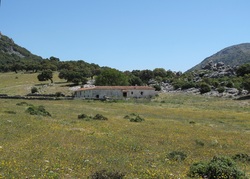
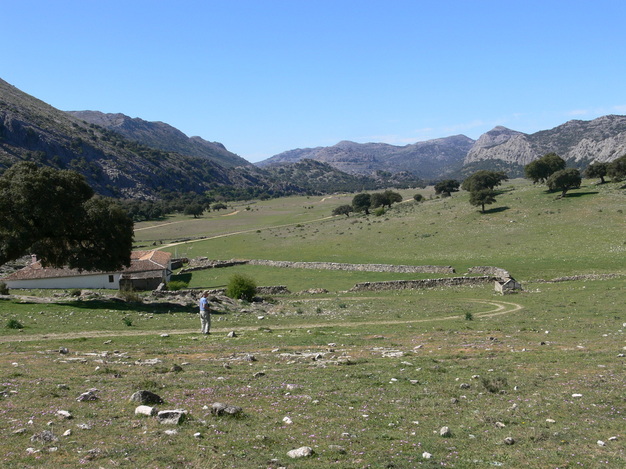
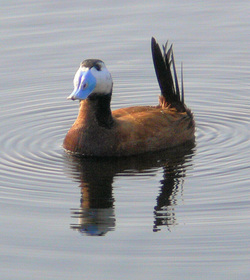
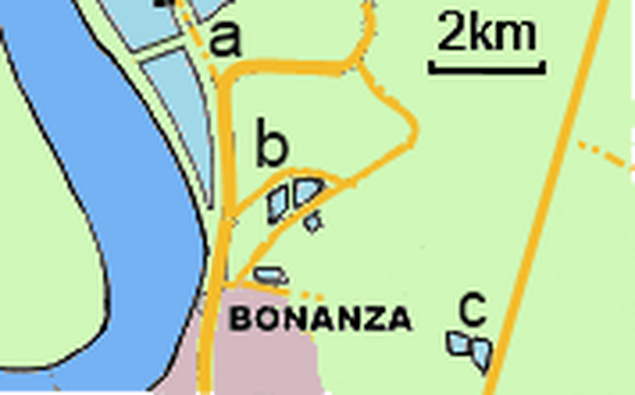
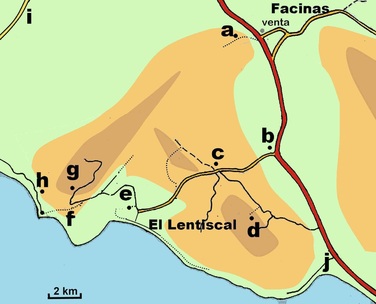
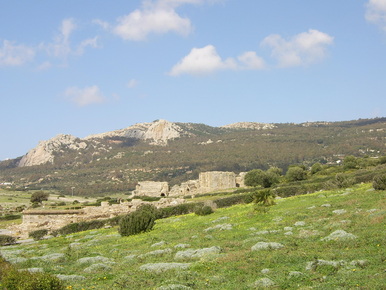
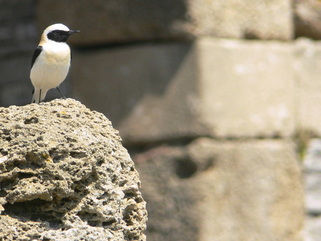
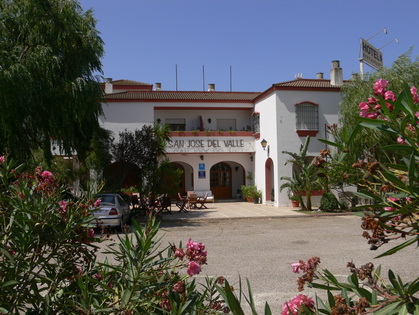
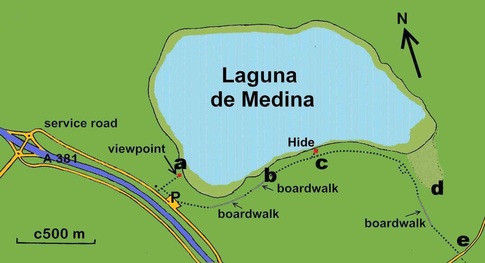
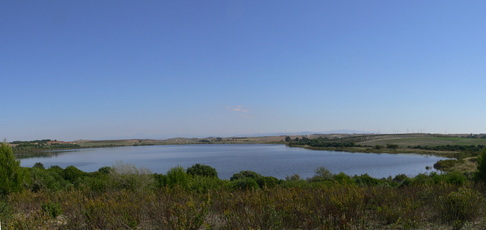
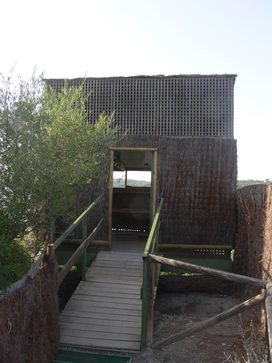
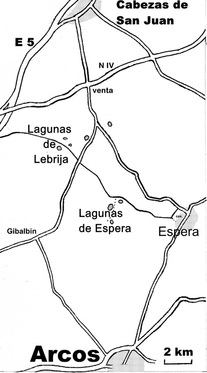
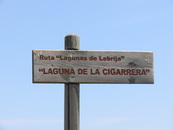
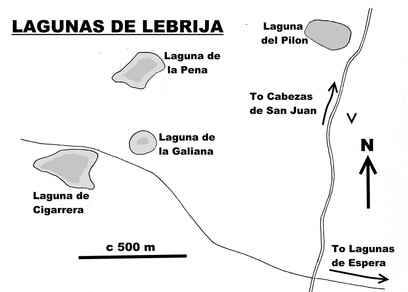
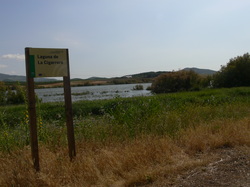
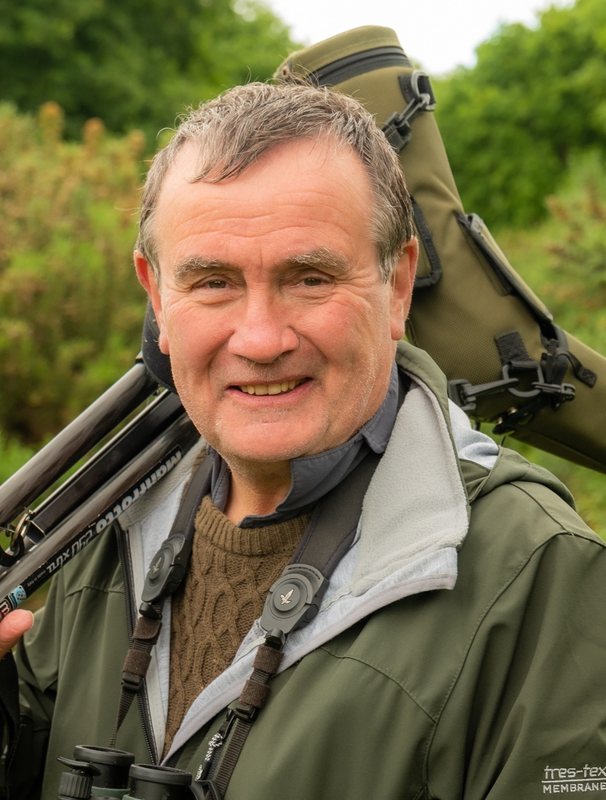
 RSS Feed
RSS Feed
